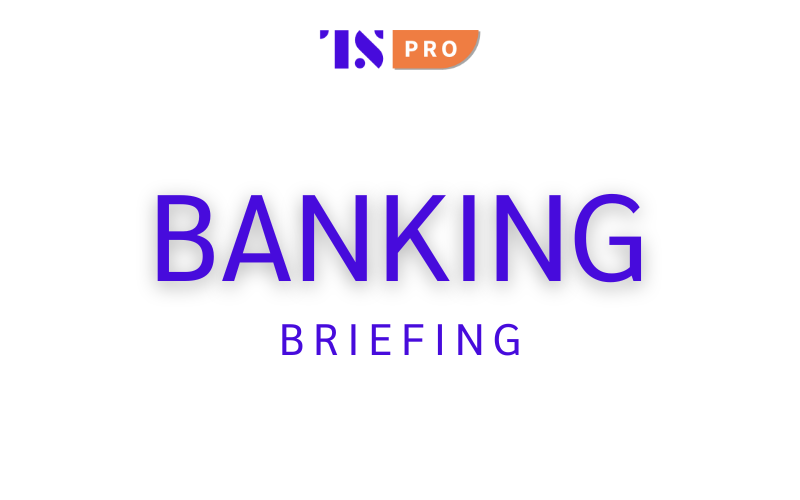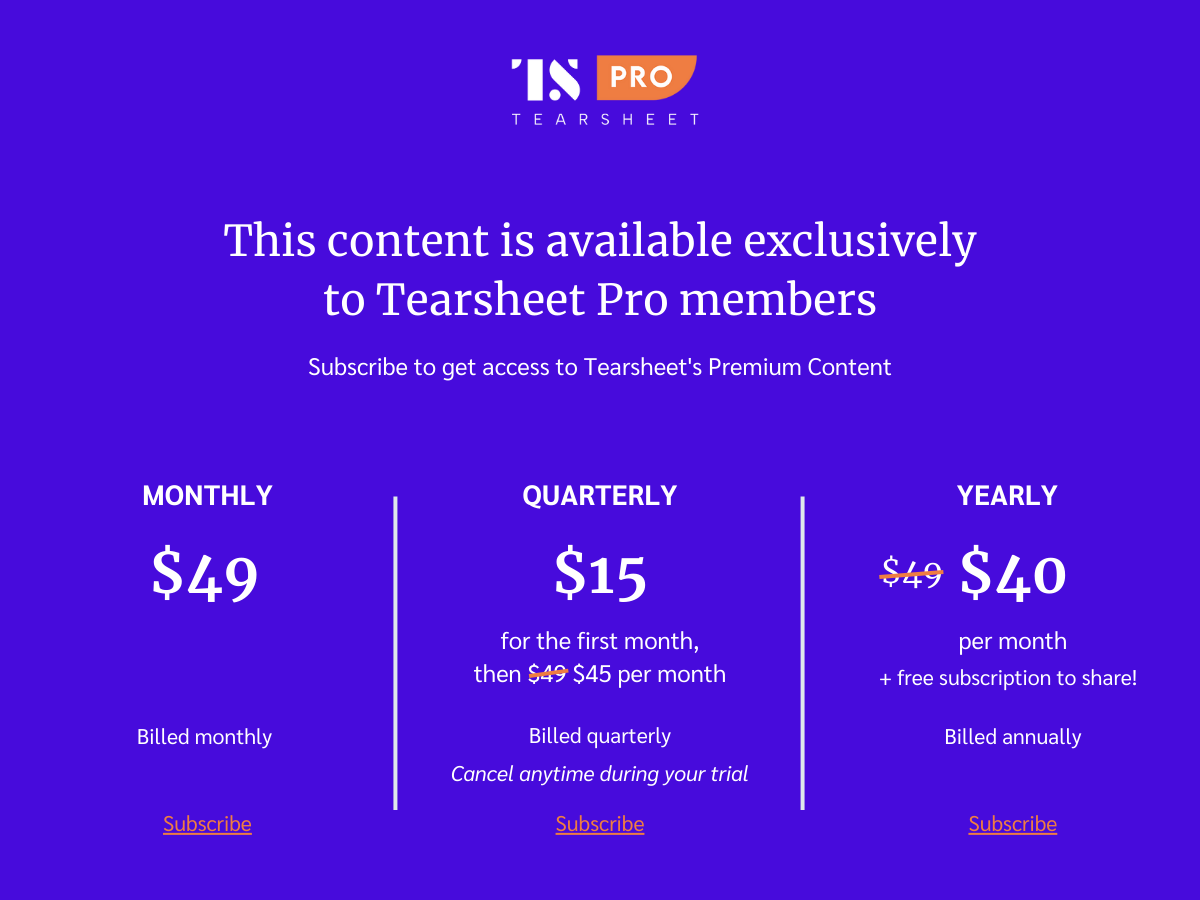Banking briefing: Bank data is only the first step in solving for personalization
- Fintechs have been better at offering personalized experiences than banks, but some of the biggest banks in America have played catch up and are now leveraging internal data to offer more personalized experiences.
- This falls short of ideal personalization, where an FI uses both internal and external fintech data to fully understand a customer's financial life. While challenging, some infrastructure like API-based data sharing exists.

Welcome to the Banking Briefing
The Banking Briefing is part of the Tearsheet Pro subscription.
Our monthly Banking Briefing analyzes the latest developments within the banking industry.
Notes from the desk: Welcome to the Banking Briefing, in this edition I combine the insights from our Working Group on Gen Z and feedback from some of the biggest banks in America to find out what the state of personalization is at these institutions and whether their current experiences raise to bar or maintain the status quo.
by Rabab Ahsan
If we were to measure banks against fintechs in terms of their personalization capabilities, fintechs would win. Even Chase’s own website lists personalization as a “benefit” of choosing fintechs over incumbents.
But personalization as a strength of fintech companies is an issue for banks. First because some fintechs aren’t just partners but competitors. And second because the lack of personalization keeps banks from acquiring new customers like Gen Z.
Our Working Group on Gen Z with executives from a diverse set of FIs found that a cross-generational strategy coupled with hyper-personalization may be the best move forward.
A personalization based strategy allows FIs to offer products and experiences that are geared towards an individual not a crude segment. But the problem is that for most banks in the US, personalization doesn’t go farther than marketing messages which “are not tailored to individual user experiences and often fail to meet customers’ needs,” said Dallas Wells, SVP of Product Strategy at Q2.
Hyper-personalization for banks then consists of two main parts:
Using bank data to offer experiences that show that the bank understands the customer’s relationship with the bank
Going one beyond the bank and delivering products that takes a client’s entire web of financial relationships into account
“A lot of personalization done right now is superficial, limited to either data points that are available in the channels (e.g. the most recent transaction made), generic insights (e.g. account balance or credit score), or based on crude segments – so not really personalized,” said Jakub Piotrowski, VP of Product at Bud Financial.
At the moment, the biggest banks in the US have made headway in figuring out the first piece of this equation.
Putting bank data into action
Currently U.S. Bank is able to analyze their customers’ transactions in a way that helps the bank provide recommendations that go beyond the bank’s products. For instance, U.S. Bank can tell if a customer has recently traveled abroad based on their transaction history and offer to help summarize their expenses on the trip, a job most customers may usually do on spreadsheets, according to Ankit Bhatt, Chief Digital Product Officer (Consumer) at U.S. Bank. Similarly, the bank is also able to analyze customers’ outflows and identify what amount customers can save safely and allow them to automate those savings.



